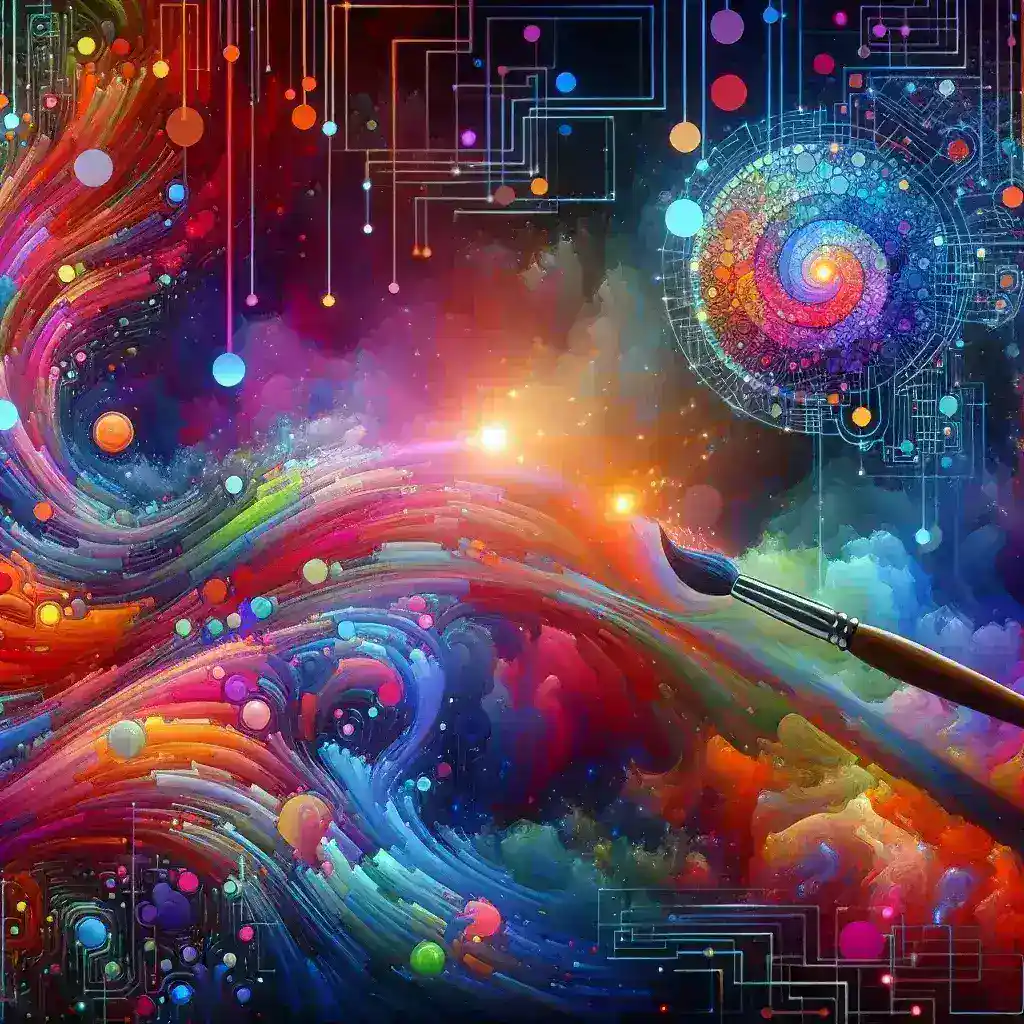OpenAI Unleashes Image Editing: A New Era of AI-Powered Creativity
OpenAI’s Image Editing Revolution: Democratizing Digital Art
The world of digital art and image manipulation has just been irrevocably altered. OpenAI, the powerhouse behind groundbreaking AI models like ChatGPT and DALL-E 2, has finally made its powerful image editing capabilities available to all users. This isn’t just a minor update; it’s a seismic shift, opening doors to unprecedented creative possibilities for everyone, from seasoned professionals to enthusiastic amateurs. This article delves deep into the implications of this rollout, examining its features, its potential impact, and the exciting future it promises.
A Brief History: From DALL-E 2 to Universal Access
OpenAI’s journey into the realm of image generation began with DALL-E 2, a model capable of creating stunningly realistic and imaginative images from simple text prompts. This technology captivated the world, showcasing the potential of AI to seamlessly blend creativity and technology. However, initial access was limited, often requiring waitlists and restricted usage. The recent decision to open up the image editing features signifies a significant change in OpenAI’s strategy – a move towards democratizing access to powerful AI tools and fostering broader adoption.
Beyond Generation: The Power of Editing
While DALL-E 2’s image generation capabilities were impressive, the newly rolled-out editing features add a whole new layer of sophistication. Now, users can seamlessly manipulate existing images, applying sophisticated edits with unparalleled precision. This opens up a vast array of possibilities, transforming how we approach image modification and enhancement.
Key Features and Capabilities
- Inpainting: Seamlessly replace or modify sections of an image, eliminating unwanted elements or adding new details with incredible realism.
- Outpainting: Extend the boundaries of an existing image, creating expansive new scenes that seamlessly integrate with the original artwork. This is particularly exciting for landscape photography and artistic expansions.
- Style Transfer and Enhancement: Apply different artistic styles to images, dramatically altering their aesthetic appeal, mimicking renowned painters or creating unique, blended styles. The enhancement tools go beyond simple filters, intelligently adjusting lighting, contrast, and sharpness for optimal results.
- Intuitive Interface: OpenAI has prioritized user-friendliness, ensuring the editing tools are accessible even to those with limited experience in image manipulation software. The interface is clean, intuitive, and easy to navigate.
Real-World Applications: A Revolution Across Industries
The implications of this technology extend far beyond the realm of personal creative expression. Its applications span various industries, promising to revolutionize workflows and unlock new levels of efficiency and innovation:
- Marketing and Advertising: Create stunning visuals for campaigns, adapting images quickly and efficiently to target specific audiences.
- E-commerce: Enhance product images, creating more visually appealing and informative presentations that boost sales conversions.
- Film and Television: Streamline post-production processes, enabling filmmakers to easily enhance scenes, add effects, and correct flaws.
- Education: Create interactive and engaging educational materials, tailoring visuals to specific learning needs.
- Graphic Design: Significantly reduce the time required for complex edits, allowing designers to focus on the creative aspects of their work.
The Future of AI-Powered Creativity: A Speculative Glance
The rollout of these image editing features represents a crucial step in the ongoing evolution of AI-powered creativity. As the models continue to learn and improve, we can expect even more sophisticated tools and capabilities. We might see:
- Hyper-realistic image manipulation: Achieving photorealism with unparalleled precision and control, blurring the lines between reality and the digital world.
- Automated content creation: AI-driven systems that generate entire images, videos, and other forms of media based on user input.
- Personalized creative tools: AI systems that adapt their functionalities and styles to individual user preferences and creative styles.
Addressing Concerns: Ethical Considerations and Potential Challenges
While the potential benefits are immense, it’s crucial to address the ethical considerations surrounding this technology. Concerns regarding potential misuse, such as the creation of deepfakes or the spread of misinformation, must be carefully considered. OpenAI and other developers are actively working on mitigating these risks through responsible AI development practices and the implementation of safeguards.
The Bigger Picture: A Paradigm Shift in Digital Content Creation
OpenAI’s move to provide universal access to its advanced image editing features signifies a profound shift in the landscape of digital content creation. It empowers individuals and businesses alike, democratizing access to previously inaccessible tools and fostering a more inclusive and vibrant creative ecosystem. While challenges remain, the potential benefits are undeniable, promising a future where creativity knows no bounds.
This development represents a pivotal moment in the history of digital art and technology. The ease of access to such powerful tools has the potential to revolutionize the way we create, interact with, and perceive digital images, fostering an era of unprecedented creative expression and innovation. The future of digital art is here, and it’s more accessible than ever before.
For more information about OpenAI’s latest innovations, you can visit their website.
Further research into the ethical implications of AI image generation can be found at

